In the Asana vs Notion comparison, we focus on the high-level aspects of work management tools. To understand why we approached it this way and why the bigger picture of the application is more important than a comparison of the fickle features, read on.
What are the usual things to look out for when comparing project or work management apps?
Virtually every ‘leading’ task/project/work management app has an almost identical feature set. Preparing tables comparing functionality is pointless – you can find them inon google by typing asana vs monday/clickup/jira etc.
The case is different for Notion, which was designed with a different philosophy than the tools mentioned above.
Before starting, I have to mention that the text below is biased, because in the end we chose Asana out of these 2 systems and we are currently basing deep transformations on it. I will also describe why we have stuck to this choice since 2011.
Before we start comparing Asana and Notion, let’s look at this,
Why Notion has gained such a huge fan base
And on top of that, extremely well organised. The self-proclaimed ambassadors of the app get together without any financial benefits to exchange ideas on how they take notes:

Notion is such a Swiss Army Knife among work management apps. It’s not just an app for creating notes or to-do lists. It’s not just a CRM or a project management tool. It’s everything at once! Instead of focusing on one niche, like most start-ups, Notion has been breaking all assumptions and creating a monster that can do anything. If you have used it, you know that in this case it works!
But that’s not all. Notion benefits from the so-called ‘IKEA effect’: when you buy a piece of furniture at IKEA, you assemble it yourself and then look at it proudly and think: “Yes, I built that!”. Notion works exactly the same way. You spend hours creating your perfect template, optimising the database, tailoring everything to your lifestyle and work. When you’re done, you look at it and think: “Yes, this is my system, I created it!”. This is a really powerful feeling, tying you emotionally to the product. Regardless of its quality.
Finally, Notion has built a strong ‘metagame’ – or game – around the game. Just as Pokemon is not just an anime cartoon, it’s playing cards, thousands of discussion forums, tokens, strategies. This works similarly with Notion – the platform is not just a tool. It’s a whole community gathered around it: thousands of YouTube videos showing how to set up the app, people selling templates, companies built around Notion. This all creates a huge infrastructure around the tool to help people learn how to use it and customise it. Plus, of course, it’s free marketing on a huge scale.
If it looks so rosy, then:
Where does Notion limp?
Its strongest point – its versatility – is also its biggest flaw. It is important that you understand why.
Maslow’s hammer, also known as the law of the tool, is the cognitive error of over-reliance on a familiar tool. As the saying goes, “if all you have is a hammer, everything starts to look like a nail”. This concept, approximated by Abraham Maslow in 1966, is one of the key psychological principles that make users try to use Notion as a tool for everything.
This leads to a situation where Notion is used for tasks for which it may not be the best tool.
Many users were fiercely building complex note systems, ‘second brains’, contact databases, task lists, etc., when realised that they were spending more time building a productivity ecosystem than being productive themselves. This resulted in the tool consuming time rather than saving it.
Eventually, after months of configuration, the dedicated apps – Asana, Clickup, Monday, Todoist – proved to be more practical tools precisely because of the thoughtful functionalities tailored immediately to the overarching goal – increasing productivity while minimising organisational activities. And those apps, for many Notion enthusiasts, have ultimately become the ultimate solution. Not for everyone, of course – some individuals and companies still spend an enormous amount of time creating the perfect system for managing life or a team.
Let us now turn to an attempt to compare the 2 systems, more specifically:
What should guide you when choosing an organisational management application?
The right question you should be asking yourself is: will people use it?
If so, ask: For how long?
In fact, tools are just the tip of the iceberg:
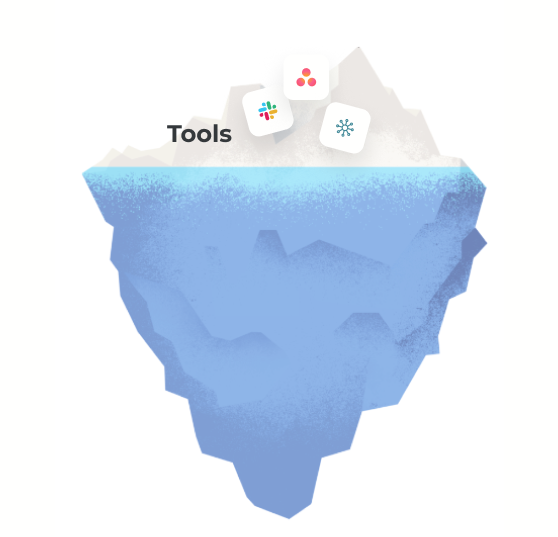
The platform is part of a whole work system (iceberg) in which all aspects are equally important. And it is these invisible layers that affect how your team and ultimately the entire organisation works together.
Your work system consists of:
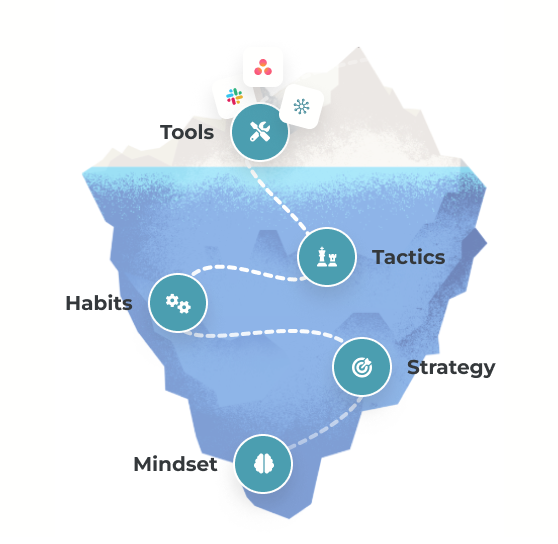
Comprehending this is key to realising the full potential of the team and to creating an environment where all these elements are in harmony with each other.
This is the conclusion I and the other consultants we currently work with have come to.
If you need
Planes of comparison,
here they are:
The most obvious, for which you don’t need this article:
- Price/value ratio – per user, Asana licences cost more, but the value delivered and time saved rewards this
- Integrations with other tools – Asana wins with the number and way it integrates with other team tools
- Customer support – Asana offers faster support, including a Polish version from a dedicated partner (i.e. us )
Most relevant:
Adaptation time to the new environment
The time taken to implement digital systems is one of the main factors determining the success or abandonment of such ventures (meta-analysis by the author of Why digital transformations fail).
The adaptation time to Asana is much shorter because it is a tool focused on project management. However, it still allows you to create views that are useful for managerial (management, C-suite) and creative (graphic designers, engineers, developers) roles, and scales with the size of the organisation – from teams of a few people to a multi-divisional corporations.
Notion’s flexibility allows users to create a customised ecosystem, which can make the adaptation process more engaging and enjoyable. However, this customisation process is also time-consuming, leading to longer adaptation times and sometimes abandonment by less technical people.
The learning curve
Asana is focused in its philosophy and interface on managing projects and work so that it is intuitive and easy to use. Asana offers many features that may seem overwhelming at first, but over time become intuitive. During implementation, only some of them are used initially. As you become more familiar with the interface, more are added, from higher price plans. The information architecture also becomes more complex over time, as the organisation and user experience grows.
Notion, on the other hand, is a multi-tasking tool that can function as a note-taking application, task list, CRM and project management tool. However, the flexibility and customisation options in Notion can lead to a steep learning curve.
Sustainability of tool use
In both cases, the sustainability of the tool’s use depends on the empowerment of the change leaders, the proven implementation process, the speed of the finished working environment and the methods of addressing work issues in the previous system and the target one.
For a full comparison, we are still left with.
Why did we choose Asana?
Before I decided to implement Asana in organisations, I was a beta tester for it in 2011. And it wasn’t the only software I verified in parallel in ventures and teams I was a member of.
In those bygone days, the competition was not so strong:
Evernote, which was more like a notepad, even though it pretended to be a system for implementing GTD (Getting Things Done),
Todoist/Wedoist, which was too simple even for managing a small team,
Springpad, which eventually collapsed,
and a few others.
Later, much stronger competitors emerged:
- Dapulse (later rebranded as monday.com)
- Clickup
However, the maturity of Asana, the number of possible integrations, as well as the great ease of deployment and remaining at the heart of communication within teams, led us to choose this tool as the foundation of our framework:
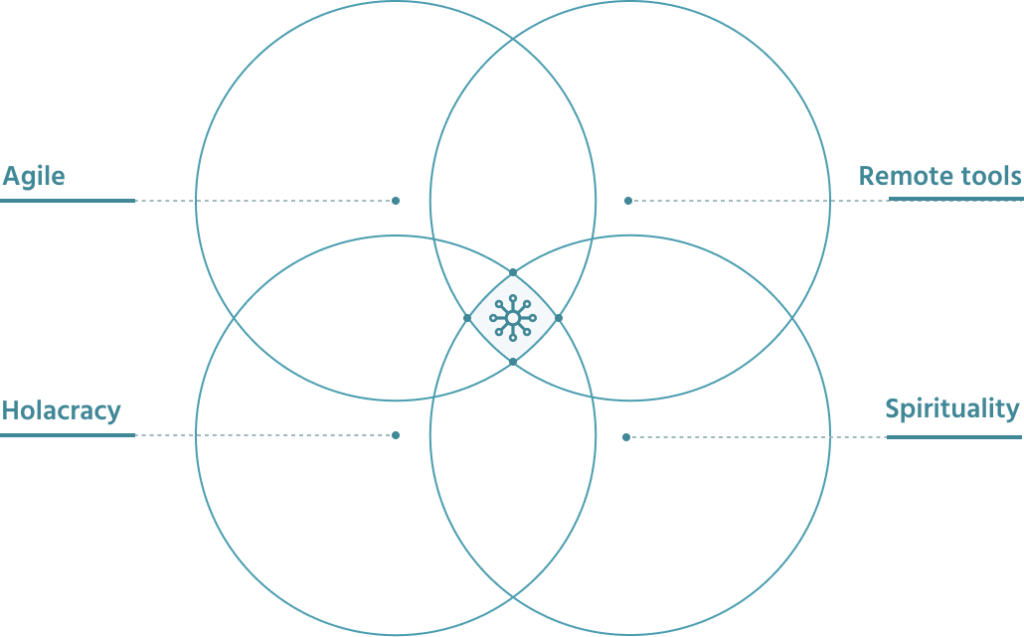
Asana, on the other hand, is only one part of the whole jigsaw of an efficient organisation. We see the potential that teams gain with its implementation.
What’s more, we participate in the regular support of more than 80 organisations that have already implemented it with our help.
In our view, Asana perfectly initiates a change in habits and thinking about goals, projects and tasks.
Therefore, at Remote Sensei, we combine the hard skills of using Asana’s functionality with the soft skills of team members such as self-organisation, life and work balance and building co-responsibility between employees.
Ultimately, together with Asana, we impart project management experience, restore the desire for action and ultimately create an environment that is ‘easy to work in’.




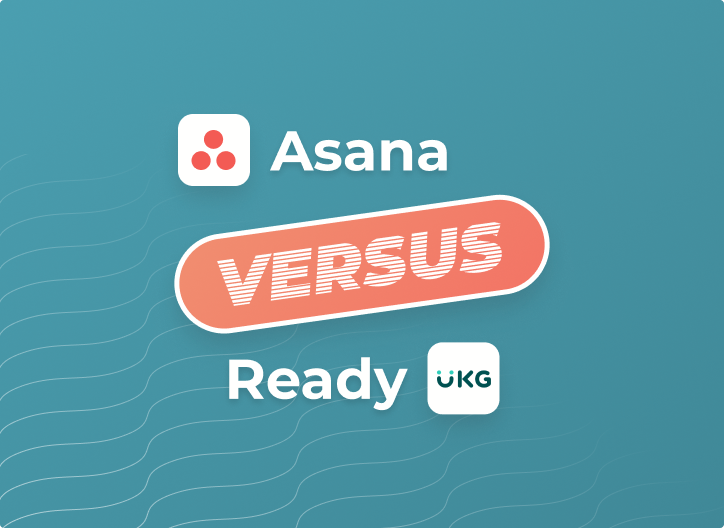
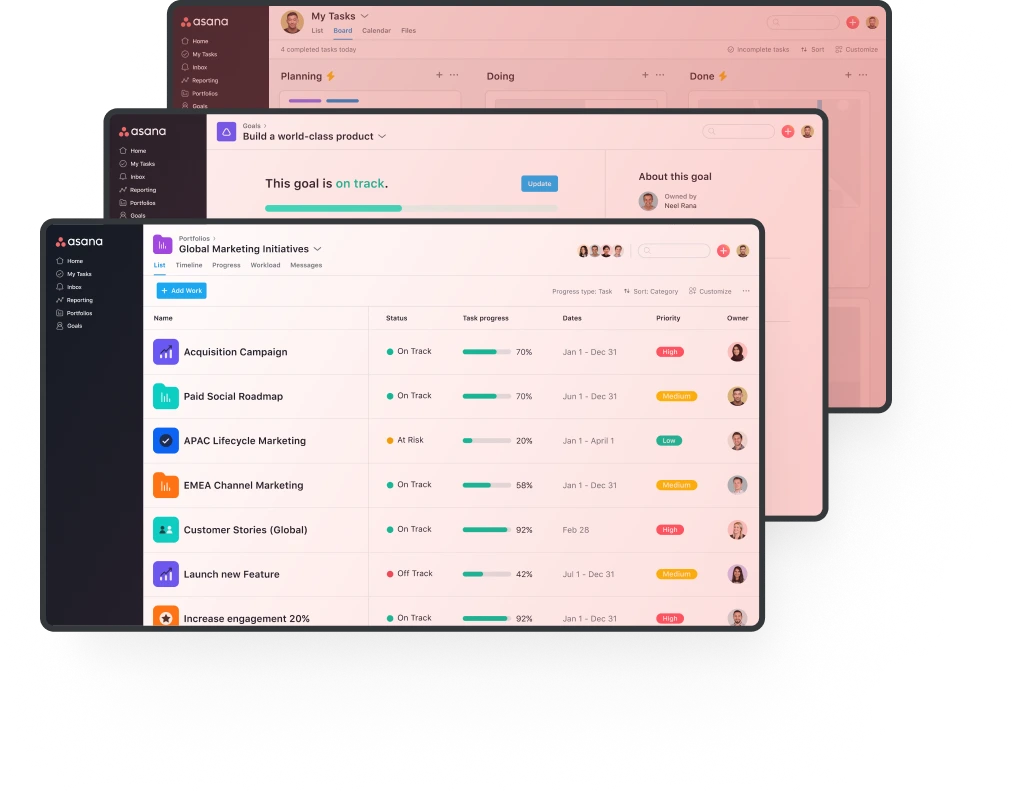

 for freedom.
for freedom.